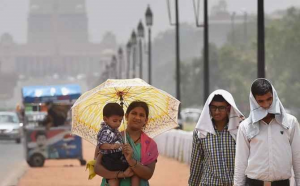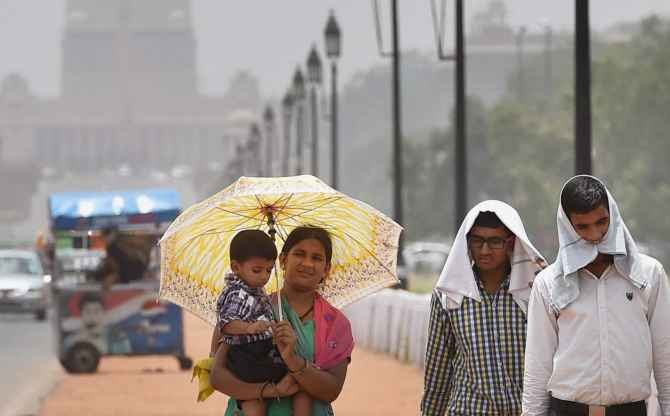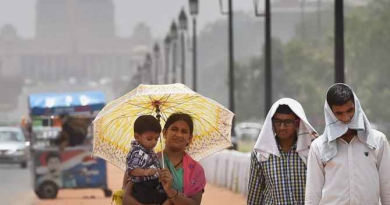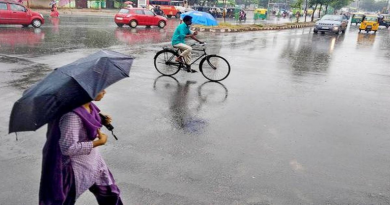India may also have to face heavy heat…
Scientists’ warning: India may also have to face heavy heat
The report, published in a magazine called “Scientific Reports”, identified the major factors for heavy heat in India.
Special things: –
1) Scientists have warned about the hot weather in India,
2) scorching heat can be common in India.
3) Over the past few years, a tremendous rise in temperature has been observed.

Scientists have warned that India may face heavy heat.
Scientists have warned that India may face heavy heat. New Delhi: According to a study, the heat which was in western Europe in 2003 and Russia in 2010, is becoming hot in India. In Europe and Russia, around 1,000 people were killed and crops were destroyed due to the scorching heat. The report, published in a magazine called “Scientific Reports”, identifies key factors for heavy heat in India. The study looked at changes in frequency and intensity of scorching heat between 1951–1975 and 1976–2018, incorporating data from the Indian Meteorological Department. Analyzing the data collected by about 395 quality control centers across India, scientists identified the mechanism responsible for extreme temperatures in the country.
The study group also included scientists from the Indian Institute of Tropical Meteorology (IITM), Pune. The lead author of the study, Manish Kumar Joshi, said that it is clear from the findings that except in the plains of the Ganges, there has been a significant increase in the number of hot days all over India. Joshi is associated with IITM.
Scientists have warned that India may face heavy heat. New Delhi: According to a study, the heat which was in western Europe in 2003 and Russia in 2010, is becoming hot in India. In Europe and Russia, around 1,000 people were killed and crops were destroyed due to the scorching heat. The report, published in a magazine called “Scientific Reports”, identifies key factors for heavy heat in India. The study looked at changes in frequency and intensity of scorching heat between 1951–1975 and 1976–2018, incorporating data from the Indian Meteorological Department. Analyzing the data collected by about 395 quality control centers across India, scientists identified the mechanism responsible for extreme temperatures in the country. Randeep Guleria, director of AIIMS, claims to have developed a corona vaccine in India. The group studying capacity included scientists from the Indian Institute of Tropical Meteorology (IITM), Pune. The lead author of the study, Manish Kumar Joshi, said that it is clear from the findings that except in the plains of the Ganges, there has been a significant increase in the number of hot days throughout India. Joshi is associated with IITM. The concerned IGNOU started a new course on tourism and climate change. Dushyant Chautala wrote a letter to the center: Make climate change a part of the school curriculum. Arvind Kejriwal told video conferencing at ‘C-40 Climate Conference’ According to researchers, between 1976 and 2018, except for the Gangetic plains, large parts of the country received heavy heat during April-June. The average was 10 days. He said that this number is about 25 percent more than the period 1951-1975.
He said that prior to 1976 climate change there has been a significant increase in the number of hot days in the eastern and southern parts of India. The study noted that after this climate change, hot days have increased in the north-western parts of the interior peninsula and areas along the west coast. Joshi and his team believe that this reflects the spatial shift in temperature rise in India.




